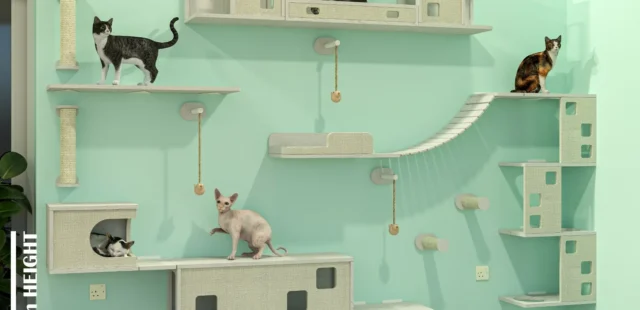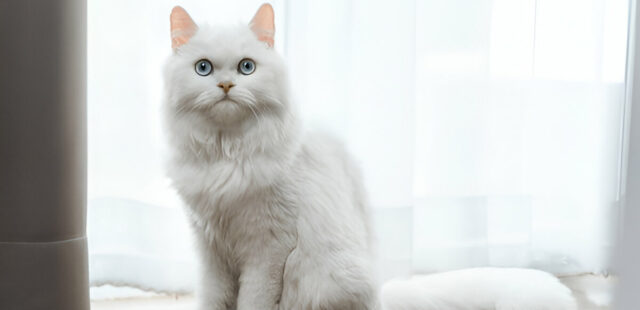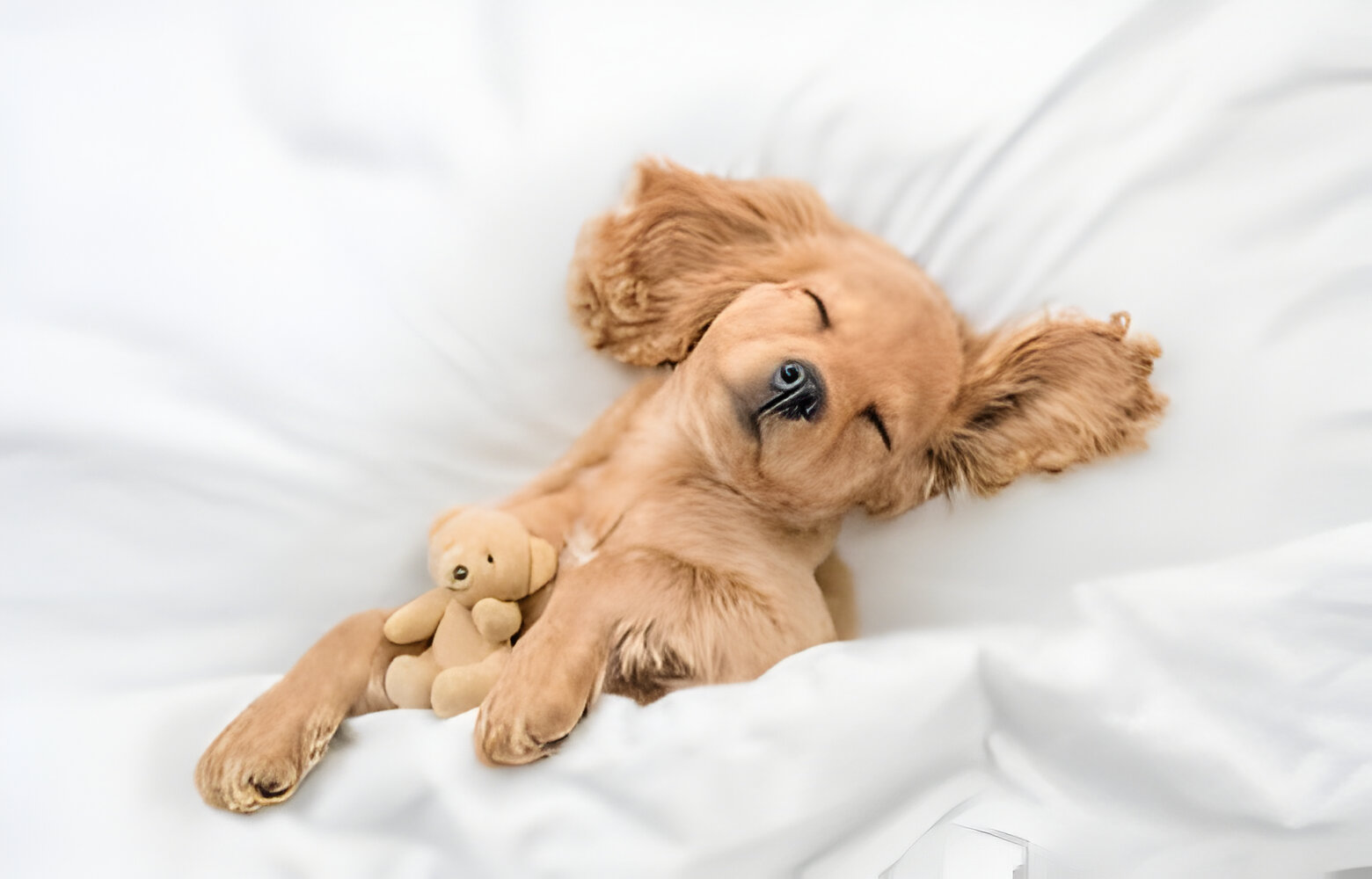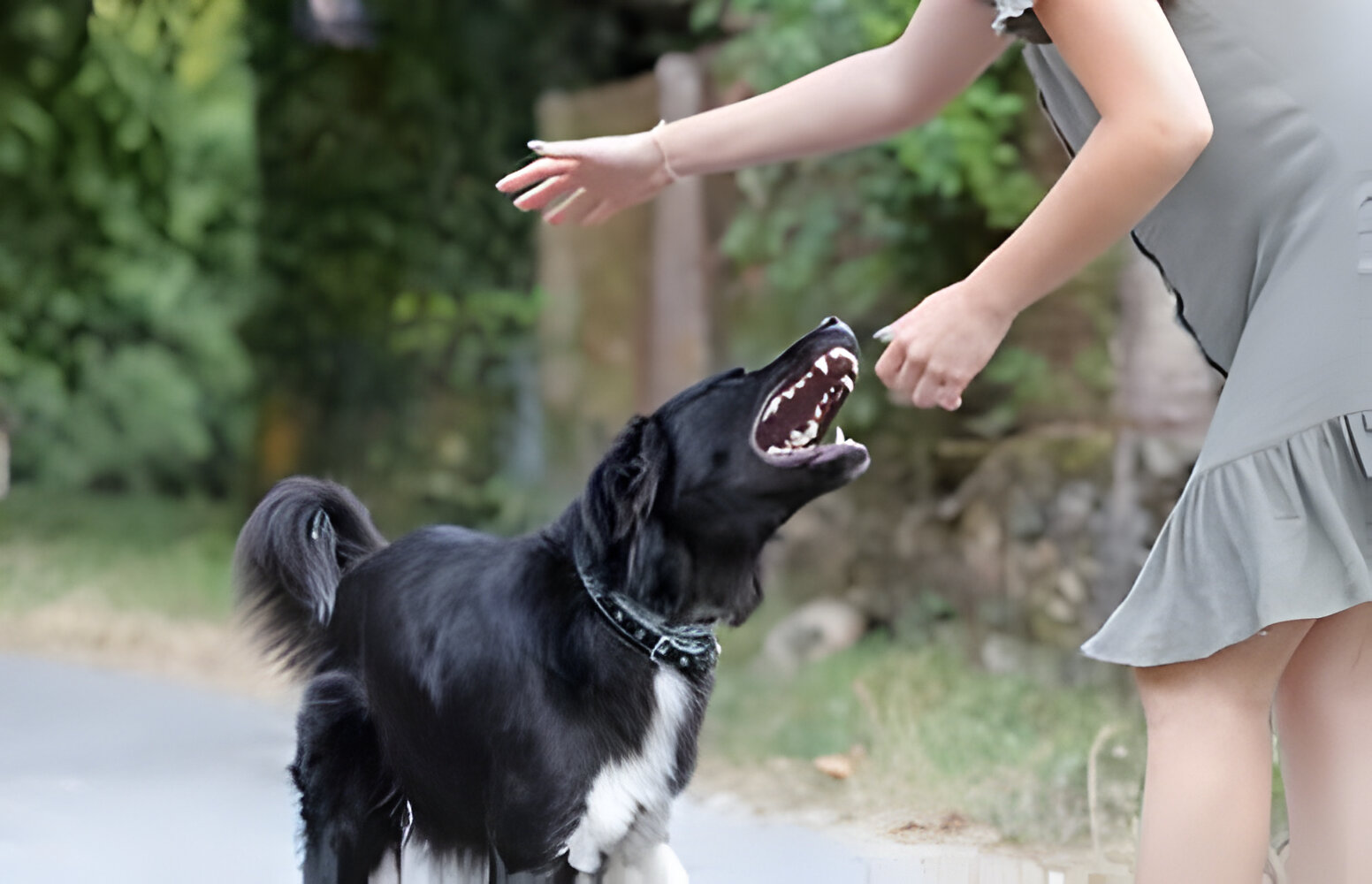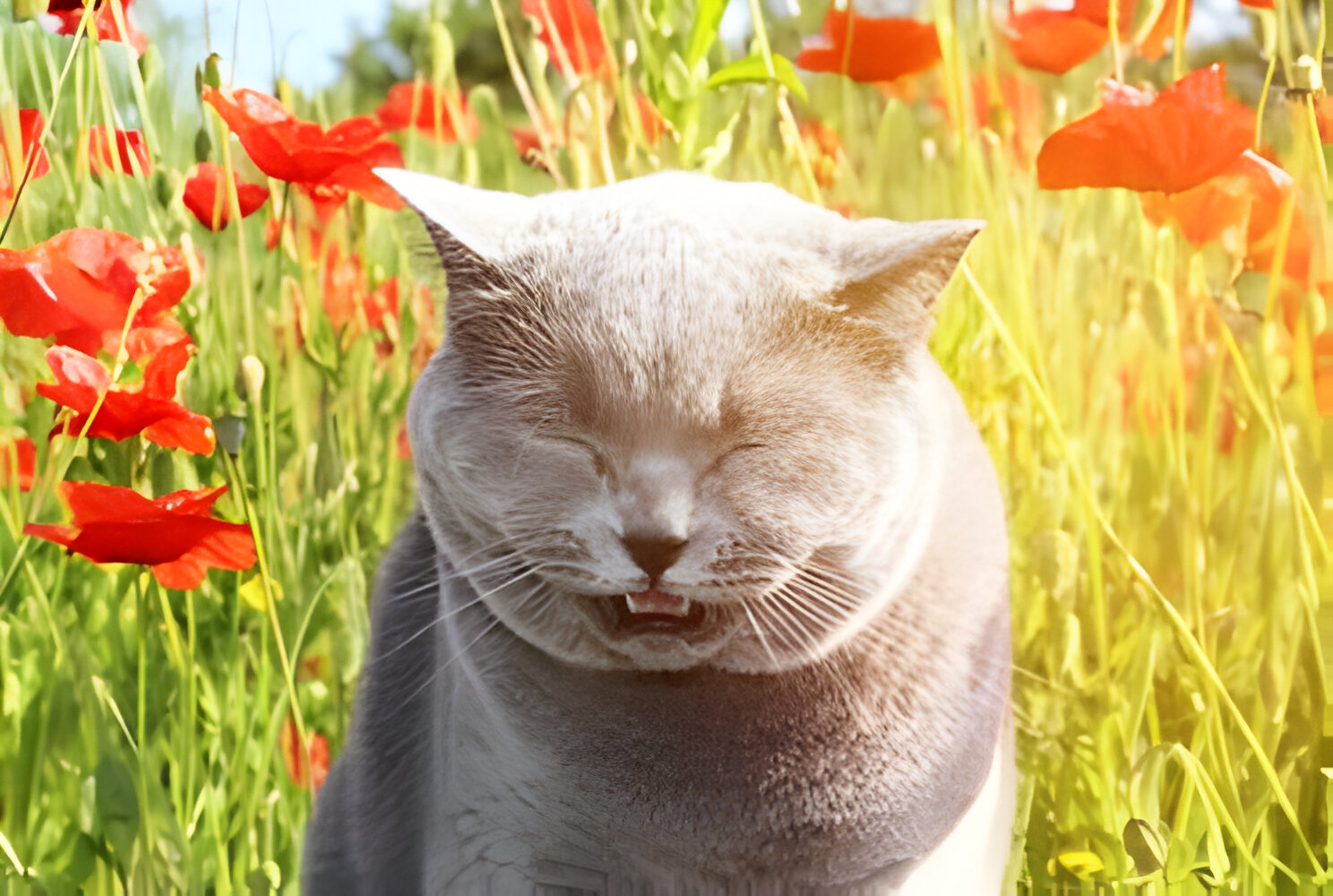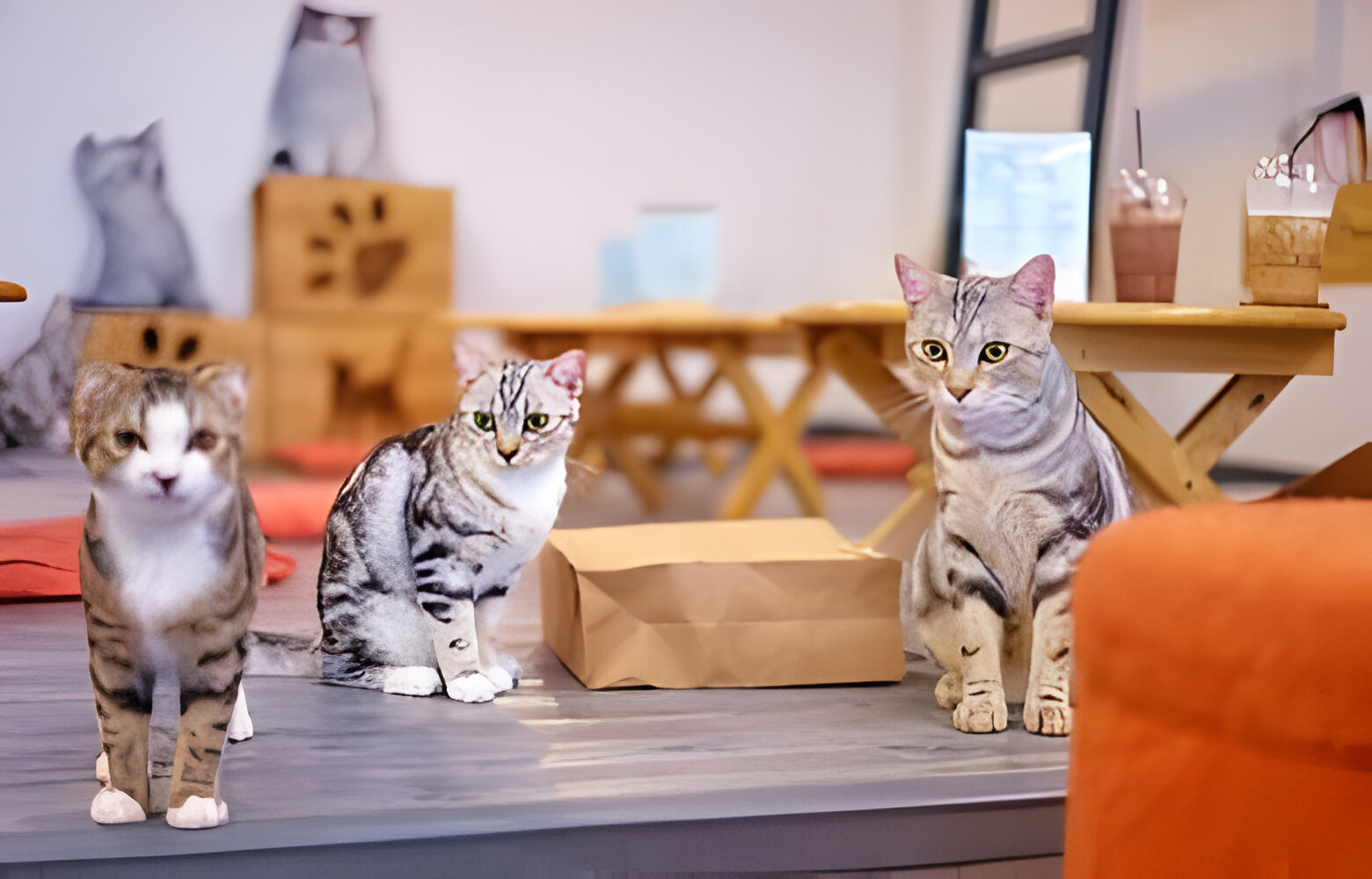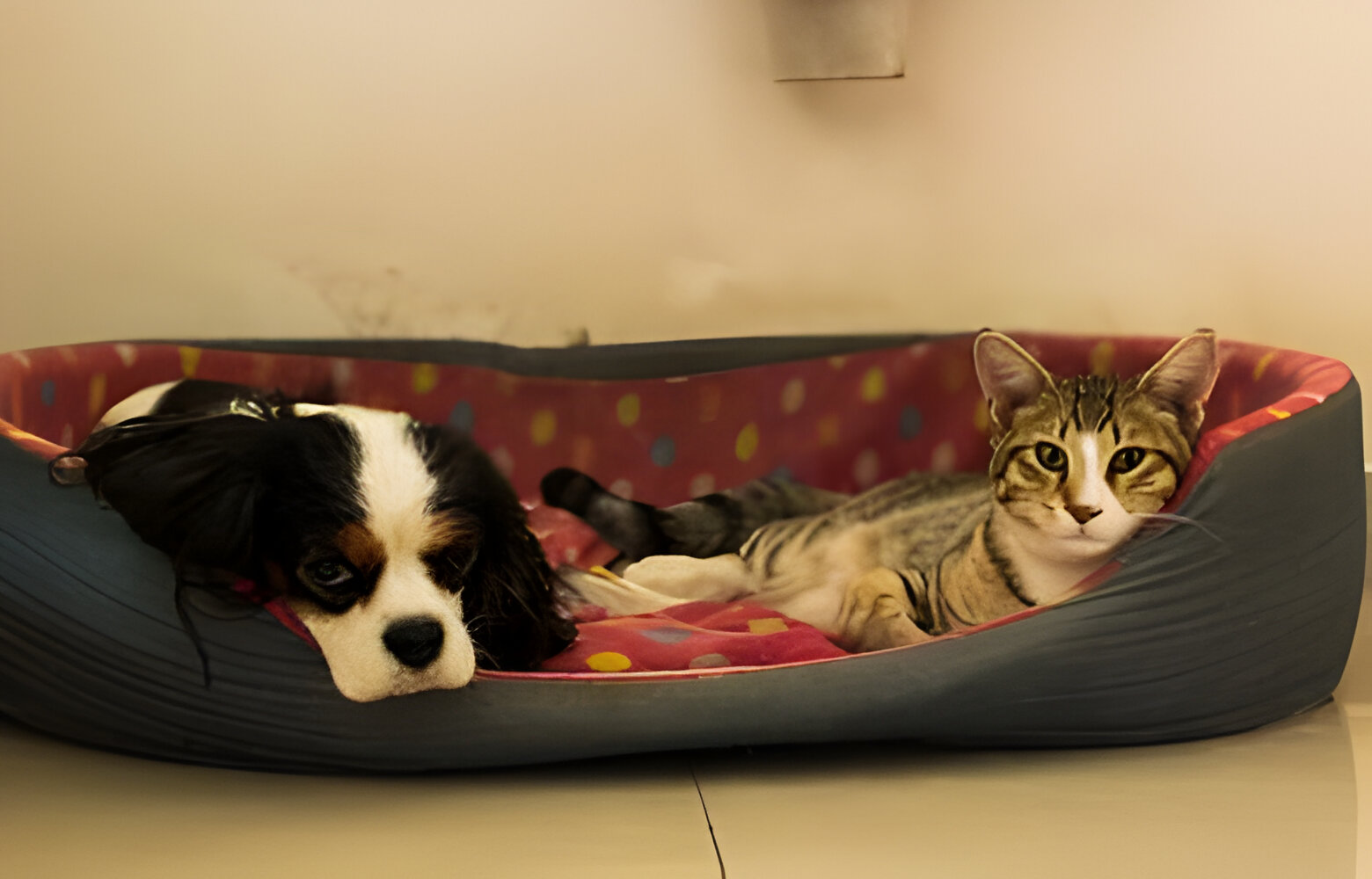Dogs, our faithful companions, have a remarkable ability to adapt to our lifestyles. While some dogs are up at the crack of dawn, ready to chase the day, others seem to have mastered the art of the snooze button. Why do some dogs snooze more than others? Is it their breed, their age, or something else entirely? In this blog post, Pet Barn will delve into the fascinating world of canine sleep to uncover the reasons behind our furry friends’ varying snooze habits.
The Basics of Canine Sleep
Before we dive into the factors that influence a dog’s sleep patterns, let’s first understand the basics of canine sleep. Like humans, dogs have different stages of sleep, including:
- Rapid Eye Movement (REM) Sleep: This is the dreaming stage where the brain is highly active, and dogs may twitch, whine, or even bark in their sleep.
- Non-Rapid Eye Movement (NREM) Sleep: This is a deeper, more restorative sleep where the body repairs and regenerates.
Dogs typically cycle through these stages multiple times during a sleep session, which can last anywhere from 12 to 14 hours for adult dogs, and even more for puppies and senior dogs.
Breed Differences
One of the most significant factors influencing a dog’s sleep habits is its breed. Different breeds have evolved to have varying energy levels, temperaments, and, consequently, sleep needs.
High-Energy Breeds
Breeds like Border Collies, Jack Russell Terriers, and Dalmatians are known for their high energy levels and active lifestyles. These dogs often require more physical and mental stimulation, which can lead to shorter and less frequent sleep sessions.
Low-Energy Breeds
On the other hand, breeds like Basset Hounds, Bulldogs, and Greyhounds tend to be more laid-back and relaxed. These dogs may spend more time snoozing and lounging around the house, requiring less sleep than their high-energy counterparts.
Brachycephalic Breeds
Brachycephalic breeds, such as Pugs, Bulldogs, and Shih Tzus, have unique respiratory systems that can affect their sleep. These dogs may experience sleep disturbances due to breathing difficulties, leading them to snooze more frequently to compensate for interrupted sleep during the night.
Age and Life Stage
Just like humans, a dog’s sleep needs change throughout its life stages.
Puppies
Puppies require significantly more sleep than adult dogs, often sleeping up to 18 to 20 hours a day! This is because puppies are growing rapidly and need plenty of rest to support their development.
Adult Dogs
Adult dogs typically need around 12 to 14 hours of sleep per day, depending on their breed and activity level. However, this can vary widely from dog to dog.
Senior Dogs
Senior dogs, like puppies, also tend to sleep more than adult dogs. As dogs age, their energy levels decrease, and they may need more sleep to rest and recover from age-related ailments.
Health and Wellbeing
A dog’s overall health and wellbeing can also impact its sleep habits.
Diet
A balanced diet plays a crucial role in a dog’s energy levels and sleep quality. Dogs that are not receiving adequate nutrition may feel lethargic and sleepy.
Exercise
Regular exercise is essential for maintaining a dog’s physical and mental health. Dogs that are not getting enough exercise may become bored and sleep more out of sheer lack of stimulation.
Health Conditions
Underlying health conditions, such as hypothyroidism, diabetes, or arthritis, can also affect a dog’s sleep patterns. If you notice any changes in your dog’s sleep habits, it’s essential to consult with a veterinarian to rule out any medical issues.
Environmental Factors
The environment in which a dog lives can also influence its sleep habits.
Comfort
A comfortable sleeping environment is crucial for a dog to get quality rest. Dogs that have a cozy bed and a quiet, peaceful place to sleep are more likely to sleep well.
Routine
Dogs thrive on routine and predictability. Establishing a consistent sleep schedule can help regulate a dog’s sleep patterns and ensure they get the rest they need.
So, what causes some dogs to snooze more than others? The answer lies in a combination of factors, including breed, age, health, and environment. Understanding your dog’s unique sleep needs and providing them with the right balance of physical activity, mental stimulation, and a comfortable sleeping environment can help ensure they get the quality rest they need to stay happy and healthy.
As responsible pet owners, it’s essential to pay attention to our dogs’ sleep habits and make adjustments as needed to support their overall well-being. Whether your dog is a high-energy Border Collie or a laid-back Basset Hound, providing them with the right care and attention will help them live their best, most rested lives.
Remember, a well-rested dog is a happy dog, so let’s do our part to ensure our furry friends get the quality sleep they need to thrive!


